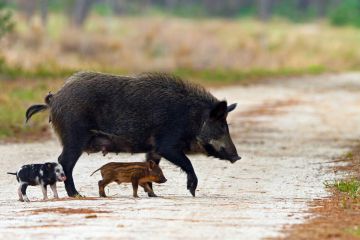
New analysis exposes hollow claims behind NSW hunting Bill
The Invasive Species Council has slammed the NSW government’s support for the Shooters Party’s so-called Conservation Hunting Bill, warning that MPs are promoting a ‘biological delusion’.

The Invasive Species Council has slammed the NSW government’s support for the Shooters Party’s so-called Conservation Hunting Bill, warning that MPs are promoting a ‘biological delusion’.

The Invasive Species Council is urging the Minns Government to reject a dangerous and misleading Bill that would hand the hunting lobby a government-funded propaganda platform under the guise of ‘conservation’ and undermine effective feral animal management on state forests and crown land.
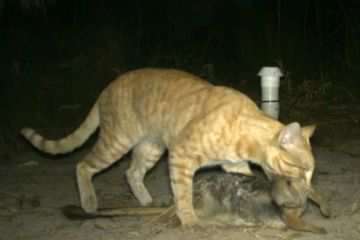
The Invasive Species Council has slammed news today that the Minns government will establish a feral goat, cat and pig bounty, despite overwhelming evidence that it will waste taxpayers money and make no difference to the numbers of these invasive species.
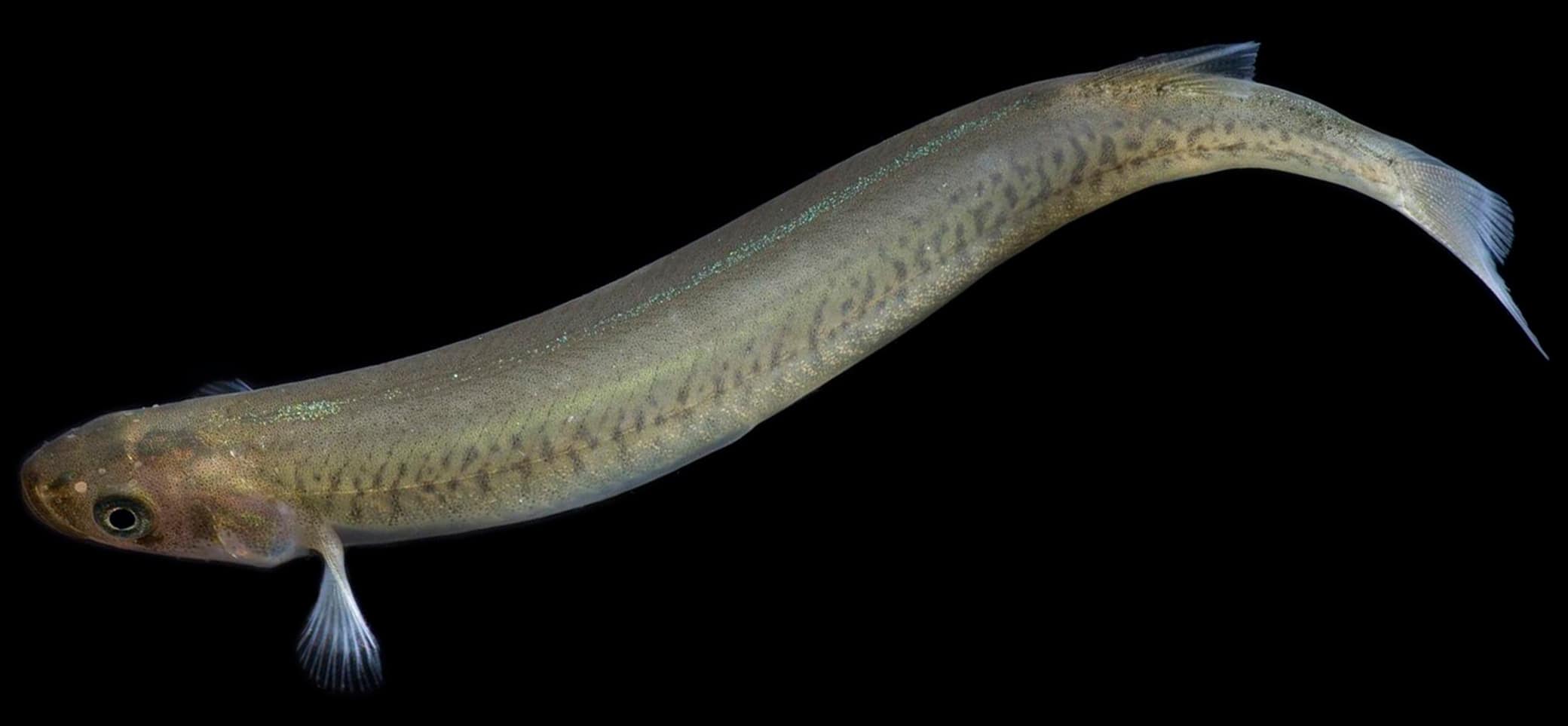
A new initiative by the Australian Government to create trout-free havens for 5 native fish species on the brink of extinction may come just in time, according to the Invasive Species Council.
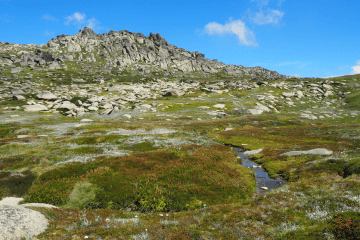
The Invasive Species Council welcomes the Minns government’s commitment to continue the removal of feral horses from Kosciuszko National Park and across NSW, including through aerial shooting.

The Invasive Species Council is calling on the NSW government to reject the Shooters Party’s latest attempt to undermine effective feral animal control in the state by wasting millions of dollars on bounty payments for some feral animals.

Nature in Queensland is a precious asset that must be protected.

Would you eat carp, deer or even camel? Eat the Invaders, a new ABC documentary series set to air in the new year and presented by Tony Armstrong, will invite Australians to reimagine invasive species as a ‘tasty solution’.

The Invasive Species Council welcomes a major step forward to protect Barrington Tops National Park and the surrounding World Heritage Gondwana Rainforests, as crucial feral horse control efforts have finally been undertaken by the NSW National Parks Service.

After a decade-long delay, the Tasmanian State of Environment report has finally been released and shows invasive species are rapidly overtaking Tasmania’s unique wildlife and landscapes.

The call to increase funding to reduce the impact of feral and roaming pet cats follows the release today by Environment Minister Tanya Plibersek of the details of 55 federally funded feral cat projects across the country.

Buffel grass is undeniably one of the most severe invasive threats to the environment and culture of Central and Northern Australia
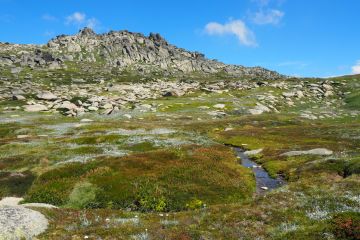
Today the NSW Supreme Court has rejected an application from pro-brumby group, Snowy Mountain Bush Users Group, to halt aerial culling in Kosciuszko National Park ahead of a hearing on July 2 and 3.
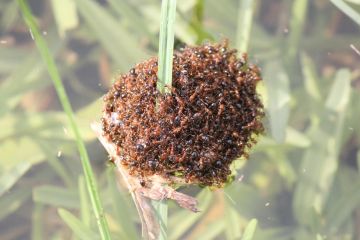
The Invasive Species Council has issued an urgent call to boost funding in the fire ant suppression zone following the alarming discovery of nests on the Sunshine Coast at Nirimba.

Tasmania is a remarkable island state with native animals and plants found nowhere else on Earth. It has some of Australia’s most spectacular protected areas

The Invasive Species Council has slammed the NSW government’s support for the Shooters Party’s so-called Conservation Hunting Bill, warning that MPs are promoting a ‘biological delusion’.

The Invasive Species Council is urging the Minns Government to reject a dangerous and misleading Bill that would hand the hunting lobby a government-funded propaganda platform under the guise of ‘conservation’ and undermine effective feral animal management on state forests and crown land.

The Invasive Species Council has slammed news today that the Minns government will establish a feral goat, cat and pig bounty, despite overwhelming evidence that it will waste taxpayers money and make no difference to the numbers of these invasive species.

A new initiative by the Australian Government to create trout-free havens for 5 native fish species on the brink of extinction may come just in time, according to the Invasive Species Council.

The Invasive Species Council welcomes the Minns government’s commitment to continue the removal of feral horses from Kosciuszko National Park and across NSW, including through aerial shooting.

The Invasive Species Council is calling on the NSW government to reject the Shooters Party’s latest attempt to undermine effective feral animal control in the state by wasting millions of dollars on bounty payments for some feral animals.

Nature in Queensland is a precious asset that must be protected.

Would you eat carp, deer or even camel? Eat the Invaders, a new ABC documentary series set to air in the new year and presented by Tony Armstrong, will invite Australians to reimagine invasive species as a ‘tasty solution’.

The Invasive Species Council welcomes a major step forward to protect Barrington Tops National Park and the surrounding World Heritage Gondwana Rainforests, as crucial feral horse control efforts have finally been undertaken by the NSW National Parks Service.

After a decade-long delay, the Tasmanian State of Environment report has finally been released and shows invasive species are rapidly overtaking Tasmania’s unique wildlife and landscapes.

The call to increase funding to reduce the impact of feral and roaming pet cats follows the release today by Environment Minister Tanya Plibersek of the details of 55 federally funded feral cat projects across the country.

Buffel grass is undeniably one of the most severe invasive threats to the environment and culture of Central and Northern Australia

Today the NSW Supreme Court has rejected an application from pro-brumby group, Snowy Mountain Bush Users Group, to halt aerial culling in Kosciuszko National Park ahead of a hearing on July 2 and 3.

The Invasive Species Council has issued an urgent call to boost funding in the fire ant suppression zone following the alarming discovery of nests on the Sunshine Coast at Nirimba.

Tasmania is a remarkable island state with native animals and plants found nowhere else on Earth. It has some of Australia’s most spectacular protected areas

The Invasive Species Council has slammed the NSW government’s support for the Shooters Party’s so-called Conservation Hunting Bill, warning that MPs are promoting a ‘biological delusion’.

The Invasive Species Council is urging the Minns Government to reject a dangerous and misleading Bill that would hand the hunting lobby a government-funded propaganda platform under the guise of ‘conservation’ and undermine effective feral animal management on state forests and crown land.

The Invasive Species Council has slammed news today that the Minns government will establish a feral goat, cat and pig bounty, despite overwhelming evidence that it will waste taxpayers money and make no difference to the numbers of these invasive species.

A new initiative by the Australian Government to create trout-free havens for 5 native fish species on the brink of extinction may come just in time, according to the Invasive Species Council.

The Invasive Species Council welcomes the Minns government’s commitment to continue the removal of feral horses from Kosciuszko National Park and across NSW, including through aerial shooting.

The Invasive Species Council is calling on the NSW government to reject the Shooters Party’s latest attempt to undermine effective feral animal control in the state by wasting millions of dollars on bounty payments for some feral animals.

Nature in Queensland is a precious asset that must be protected.

Would you eat carp, deer or even camel? Eat the Invaders, a new ABC documentary series set to air in the new year and presented by Tony Armstrong, will invite Australians to reimagine invasive species as a ‘tasty solution’.

The Invasive Species Council welcomes a major step forward to protect Barrington Tops National Park and the surrounding World Heritage Gondwana Rainforests, as crucial feral horse control efforts have finally been undertaken by the NSW National Parks Service.

After a decade-long delay, the Tasmanian State of Environment report has finally been released and shows invasive species are rapidly overtaking Tasmania’s unique wildlife and landscapes.

The call to increase funding to reduce the impact of feral and roaming pet cats follows the release today by Environment Minister Tanya Plibersek of the details of 55 federally funded feral cat projects across the country.

Buffel grass is undeniably one of the most severe invasive threats to the environment and culture of Central and Northern Australia

Today the NSW Supreme Court has rejected an application from pro-brumby group, Snowy Mountain Bush Users Group, to halt aerial culling in Kosciuszko National Park ahead of a hearing on July 2 and 3.

The Invasive Species Council has issued an urgent call to boost funding in the fire ant suppression zone following the alarming discovery of nests on the Sunshine Coast at Nirimba.

Tasmania is a remarkable island state with native animals and plants found nowhere else on Earth. It has some of Australia’s most spectacular protected areas
Get our blog the Feral Herald delivered to your inbox.

The Invasive Species Council was formed in 2002 to seek stronger laws, policies and programs to protect nature from harmful pests, weeds and diseases.
The Invasive Species Council acknowledges the Traditional Custodians throughout Australia and their connections to land and sea. We pay our respect to their Elders past and present and extend that respect to all Aboriginal and Torres Strait Islander peoples today.
Our protected areas are being trashed, trampled, choked and polluted by an onslaught of invaders. Invasive species are already the overwhelming driver of our animal extinction rate, and are expected to cause 75 of the next 100 extinctions.
But you can help to turn this around and create a wildlife revival in Australia.
From numbats to night parrots, a tax-deductible donation today can help defend our wildlife against the threat of invasive weeds, predators, and diseases.
As the only national advocacy environment group dedicated to stopping this mega threat, your gift will make a big difference.
A silent crisis is unfolding across Australia. Every year, billions of native animals are hunted and killed by cats and foxes. Fire ants continue to spread and threaten human health. And the deadly strain of bird flu looms on the horizon. Your donation today will be used to put the invasive species threat in the media, make invasive species a government priority, ensure governments take rapid action to protect nature and our remarkable native wildlife from invasives-led extinction, death and destruction.
If you are having trouble submitting a form, please read this guide.
Please fill out the following form and one of our team will be in contact to assist as soon as possible. Please make sure to include any helpful information, such as the device you were using (computer, tablet or mobile phone) and if known, your browser (Mozilla Firefox, Chrome, Safari etc)
"*" indicates required fields
Dear Project Team,
[YOUR PERSONALISED MESSAGE WILL APPEAR HERE.]
I support the amendment to the Kosciuszko National Park Wild Horse Heritage Management Plan to allow our incredible National Parks staff to use aerial shooting as one method to rapidly reduce feral horse numbers. I want to see feral horse numbers urgently reduced in order to save the national park and our native wildlife that live there.
The current approach is not solving the problem. Feral horse numbers have rapidly increased in Kosciuszko National Park to around 18,000, a 30% jump in just the past 2 years. With the population so high, thousands of feral horses need to be removed annually to reduce numbers and stop our National Park becoming a horse paddock. Aerial shooting, undertaken humanely and safely by professionals using standard protocols, is the only way this can happen.
The government’s own management plan for feral horses states that ‘if undertaken in accordance with best practice, aerial shooting can have the lowest negative animal welfare impacts of all lethal control methods’.
This humane and effective practice is already used across Australia to manage hundreds of thousands of feral animals like horses, deer, pigs, and goats.
Trapping and rehoming of feral horses has been used in Kosciuszko National Park for well over a decade but has consistently failed to reduce the population, has delayed meaningful action and is expensive. There are too many feral horses in the Alps and not enough demand for rehoming for it to be relied upon for the reduction of the population.
Fertility control as a management tool is only effective for a small, geographically isolated, and accessible population of feral horses where the management outcome sought is to maintain the population at its current size. It is not a viable option to reduce the large and growing feral horse population in the vast and rugged terrain of Kosciuszko National Park.
Feral horses are trashing and trampling our sensitive alpine ecosystems and streams, causing the decline and extinction of native animals. The federal government’s Threatened Species Scientific Committee has stated that feral horses ‘may be the crucial factor that causes final extinction’ for 12 alpine species.
I recognise the sad reality that urgent and humane measures are necessary to urgently remove the horses or they will destroy the Snowies and the native wildlife that call the mountains home. I support a healthy national park where native species like the Corroboree Frog and Mountain Pygmy Possum can thrive.
Dear Project Team,
[YOUR PERSONALISED MESSAGE WILL APPEAR HERE.]
I support the amendment to the Kosciuszko National Park Wild Horse Heritage Management Plan to allow our incredible National Parks staff to use aerial shooting as one method to rapidly reduce feral horse numbers. I want to see feral horse numbers urgently reduced in order to save the national park and our native wildlife that live there.
The current approach is not solving the problem. Feral horse numbers have rapidly increased in Kosciuszko National Park to around 18,000, a 30% jump in just the past 2 years. With the population so high, thousands of feral horses need to be removed annually to reduce numbers and stop our National Park becoming a horse paddock. Aerial shooting, undertaken humanely and safely by professionals using standard protocols, is the only way this can happen.
The government’s own management plan for feral horses states that ‘if undertaken in accordance with best practice, aerial shooting can have the lowest negative animal welfare impacts of all lethal control methods’.
This humane and effective practice is already used across Australia to manage hundreds of thousands of feral animals like horses, deer, pigs, and goats.
Trapping and rehoming of feral horses has been used in Kosciuszko National Park for well over a decade but has consistently failed to reduce the population, has delayed meaningful action and is expensive. There are too many feral horses in the Alps and not enough demand for rehoming for it to be relied upon for the reduction of the population.
Fertility control as a management tool is only effective for a small, geographically isolated, and accessible population of feral horses where the management outcome sought is to maintain the population at its current size. It is not a viable option to reduce the large and growing feral horse population in the vast and rugged terrain of Kosciuszko National Park.
Feral horses are trashing and trampling our sensitive alpine ecosystems and streams, causing the decline and extinction of native animals. The federal government’s Threatened Species Scientific Committee has stated that feral horses ‘may be the crucial factor that causes final extinction’ for 12 alpine species.
I recognise the sad reality that urgent and humane measures are necessary to urgently remove the horses or they will destroy the Snowies and the native wildlife that call the mountains home. I support a healthy national park where native species like the Corroboree Frog and Mountain Pygmy Possum can thrive.